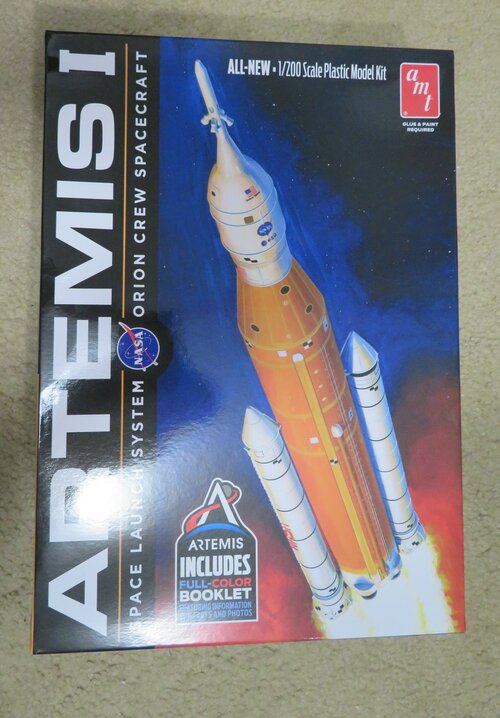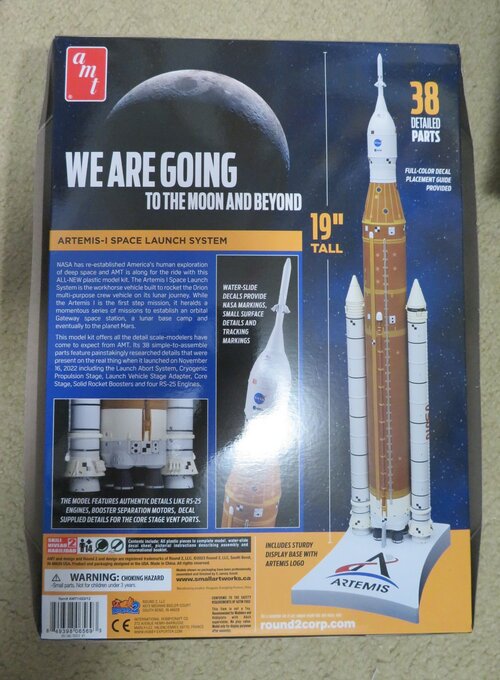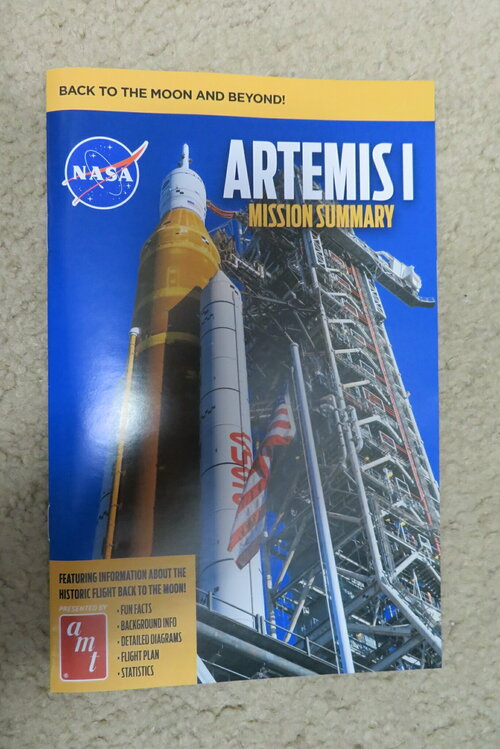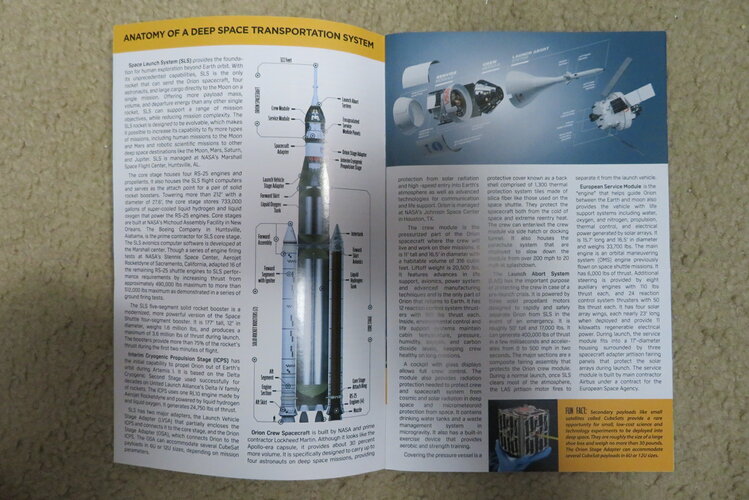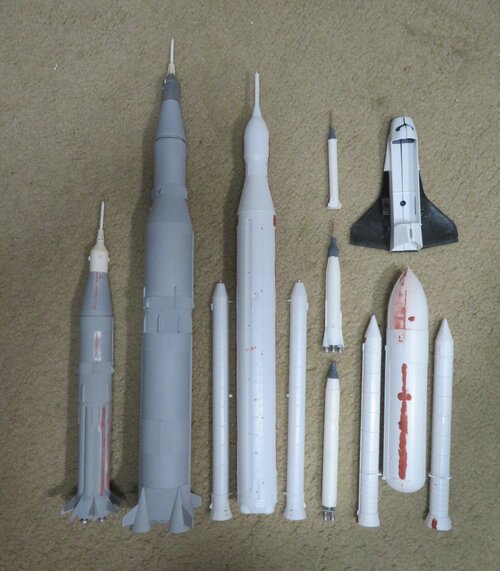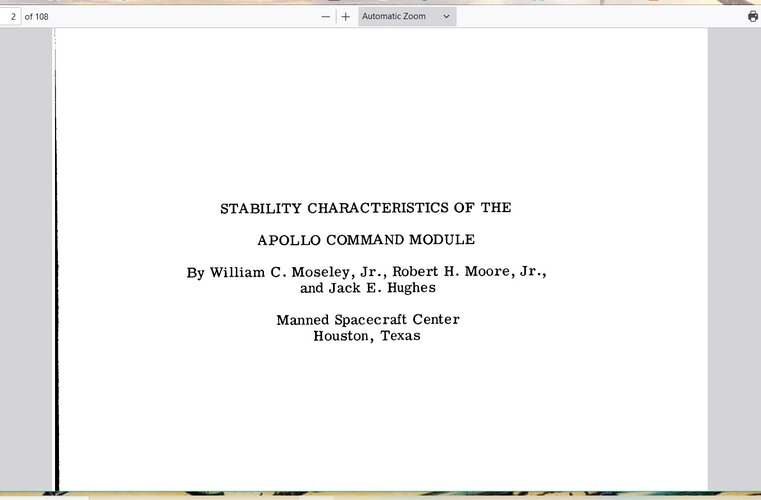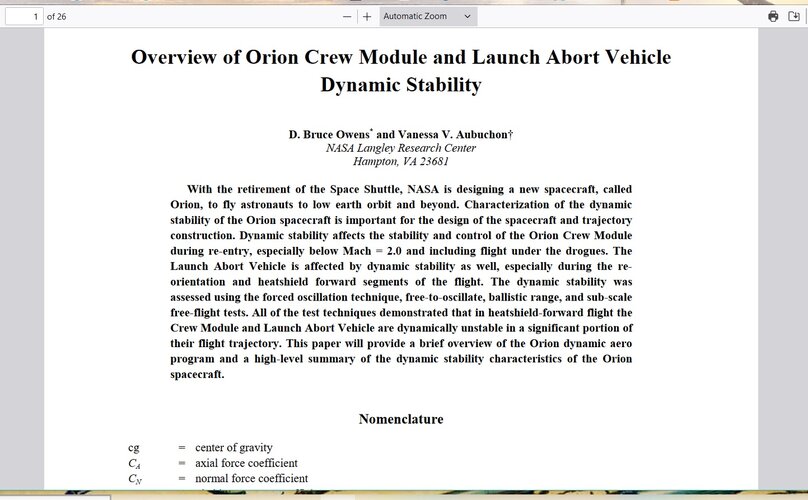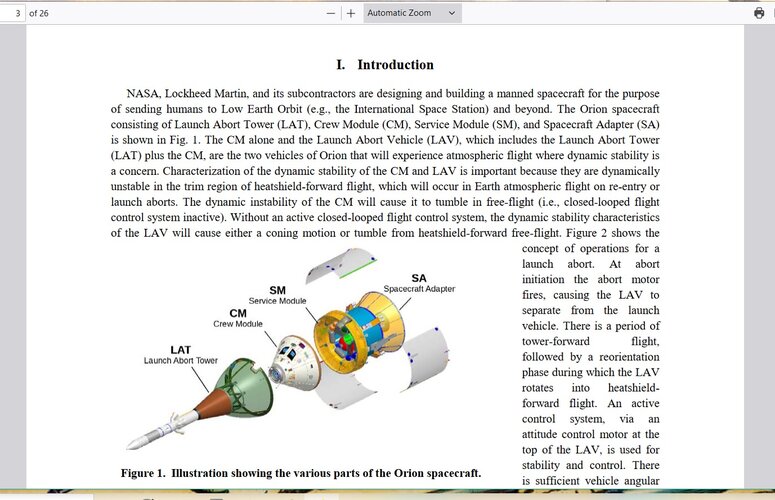Download SLS Factsheet (PDF)
America’s Rocket for Deep Space Exploration
NASA’s SLS (Space Launch System) is a super heavy-lift rocket that provides the foundation for human exploration beyond Earth orbit. With its unprecedented capabilities, SLS is the only rocket that can send the Orion spacecraft, four astronauts, and large cargo directly to the Moon on a single mission.
Offering more payload mass, volume, and departure energy than any other single rocket, SLS can support a range of mission objectives, while reducing mission complexity. The SLS rocket is designed to be evolvable, which makes it possible to increase its capability to fly more types of missions, including human missions to the Moon and Mars and robotic scientific missions to other deep space destinations like the Moon, Mars, Saturn, and Jupiter.
On Nov. 16, 2022, SLS launched from NASA Kennedy Space Center’s Launch Complex 39B in Florida, making history as the most powerful rocket NASA has ever launched. The successful Artemis I mission ushered in a new era of exploration, as NASA prepares to send astronauts to the Moon as a prelude to human exploration of Mars. Post-flight data reviews determined that SLS met or exceeded performance expectations, and the rocket is ready to support a crewed flight on Artemis II and future crewed missions.
The Power to Explore Beyond Earth’s Orbit
To fulfill America’s future needs for deep space missions, SLS will evolve into increasingly more powerful configurations. Hardware is currently in production for the next four SLS flights, and development is underway on the more powerful Block 1B and Block 2 variants that will succeed the current Block 1 variant.





